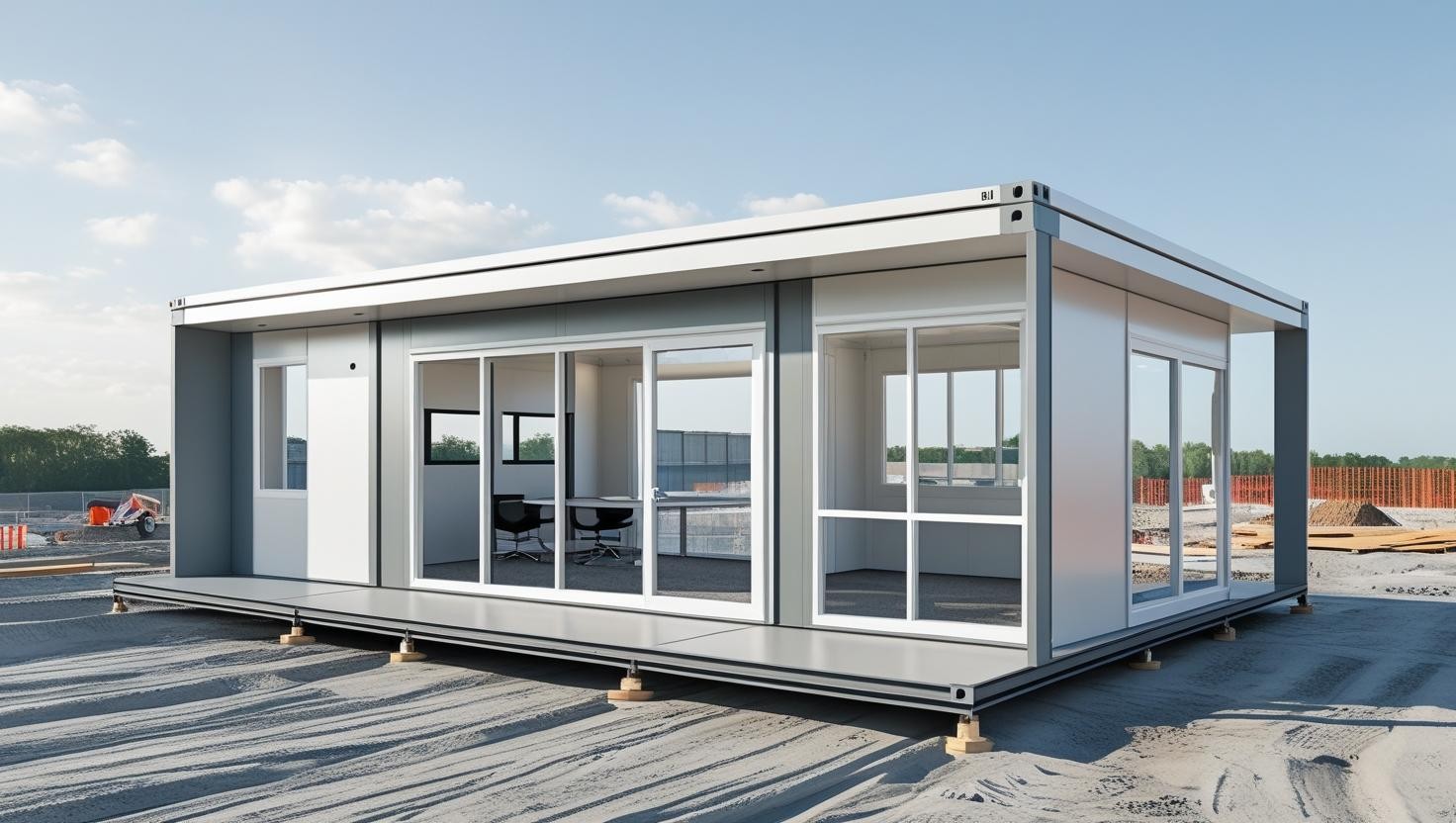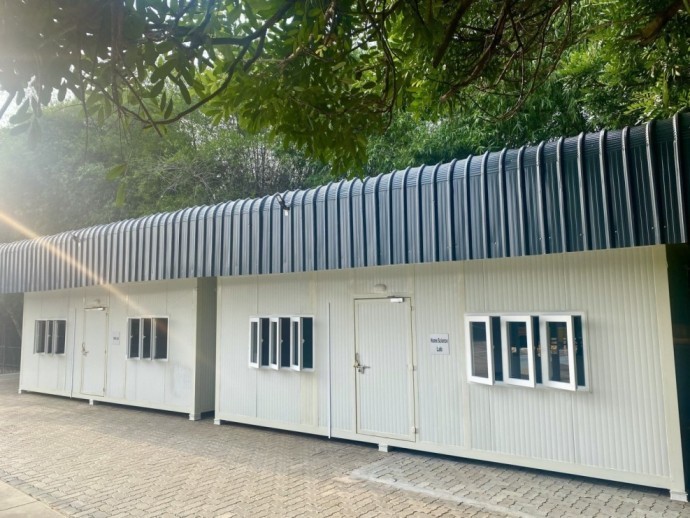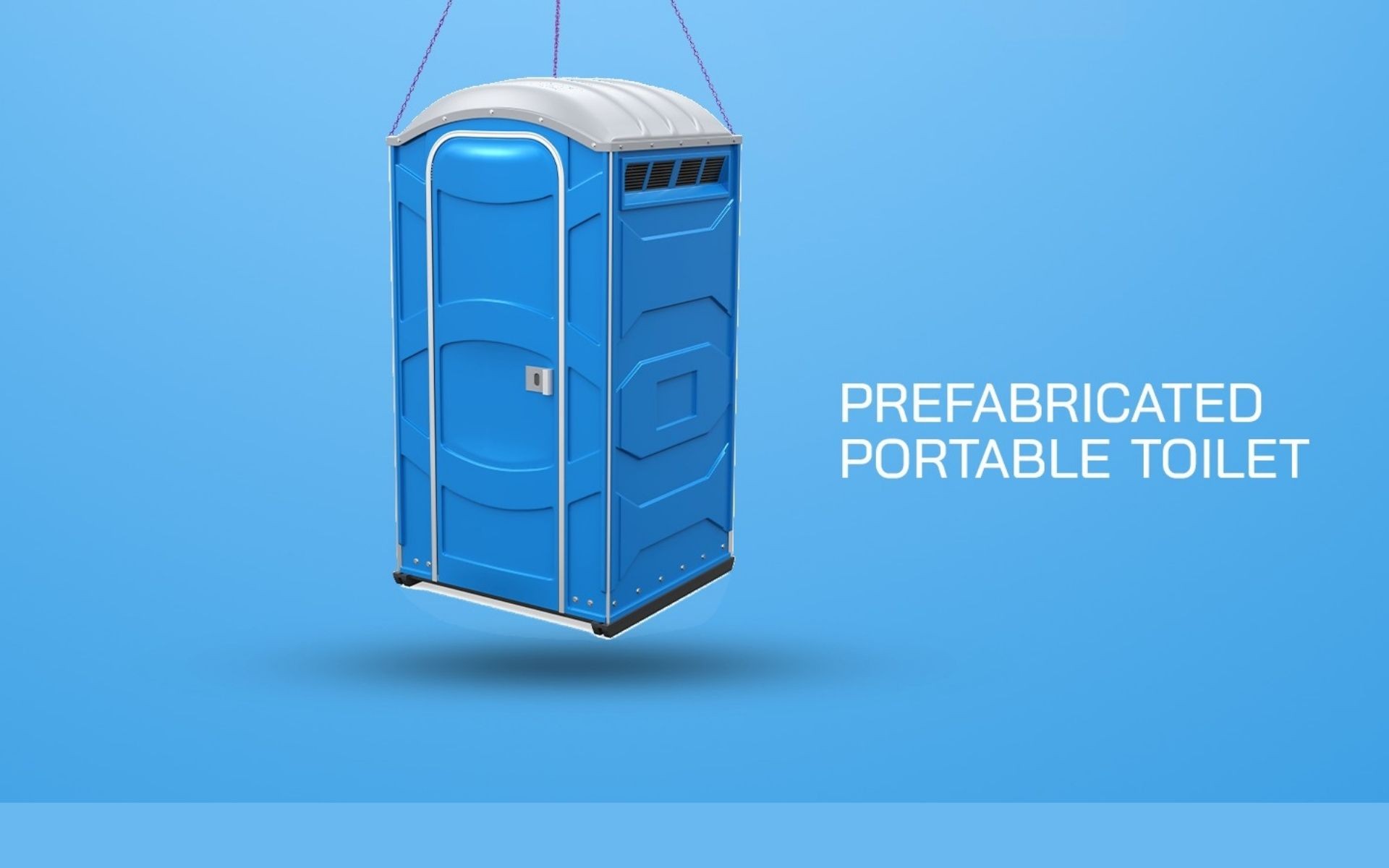How Prefabrication Fuelled the World's Fastest Construction Projects?

The Future
Change is inevitable! So are digitization and technological enhancements. Not far behind, the construction field is witnessing a massive shift in concepts, with the integration of advanced technologies. The construction process constrained to the site has now moved to factories and production centers. Prefabricated or pre-engineered construction also known as modular construction is the widely accepted construction method presently.
Viewing the rapid growth in population, technology and the need for more housing indicated that prefabricated construction will have a greater impact on the construction sector. In fact, prefabrication would be the most common construction methodology of the future. The traditional building construction process would soon be limited to some specific sectors, owing to the advantages of prefabrication and how it fuelled the world's fastest construction projects. Many positive features work in favor of modular or pre-engineered construction. A few of those are:
- Cost-effectiveness
- Quick construction
- Easy relocation
- Eco-friendly process
- Reduced or nil wastage
- Durability
- Performance
- Buyback options
Faster Construction:
Modular construction can complete projects in 20% to 50% lesser time period compared to traditional construction.
Example of apartment construction - Traditional construction vs Prefabricated Construction (3D Volumetric), in months
Image Credits: https://www.mckinsey.com/capabilities/operations/our-insights/modular-construction-from-projects-to-products
The idea of the prefabricated structure was first introduced decades ago. It was put into practice by developed countries. Nonetheless, it faced a setback consequent to some unforeseen reasons. The invention of new technological concepts, the availability of state-of-the-art production equipment, and the increasing need for quicker construction methods energized the pre-engineered construction process again.
Recognizing the growth prospects, many real estate giants are investing in the modular sector. Expecting to induce a quantum leap in the real estate sector, governments are also promoting modular construction patterns. It can definitely be a fruitful solution to the accommodation crises encountered by many around the globe.
Modular or prefabricated construction uses blocks or building materials manufactured in the factory or off-site production centers. The only challenge may be the transportation of the completed components to the project site for assembly.
Unlike a brick-and-mortar building, where everything is done at the site, modular construction has only minimal work at the construction site. This would be completed in a scheduled, limited, timeframe assuring faster construction than a concrete structure.
Also, read - How long do prefab structures last compared to traditional buildings?
The professionals from Pressmach Infrastructure Pvt Ltd will finalize the plan, design, and other specifications with the client, manufacture the components, and build the structure within the finalized schedule. There are no further complications regarding the building materials or associated accessories.
Cost Savings
Prefabrication is a budget-friendly construction procedure. In this time of fluctuation prices, modular or pre-engineered construction guarantees optimum cost savings. Those leading modular construction services in India procure raw materials and components in advance. So that the frequent variations in prices do not affect the production process or finalization of the budget.
Most Importantly costs such as approvals and utility consumption during construction can be highly reduced. Also as the construction period is very short one can also reduce the interests paid to financers.
The client would be provided with transparent info about the construction costs. It would be of significant help to them in allocating adequate funds for the project. Instead of purchasing components during the project, the prefab construction providers ensure ample availability of those to progress the project smoothly.
Analysis of the completed projects vis-à-vis brick and mortar structure of the same spec would give enough insight regarding the financial benefit of opting for a prefabricated structure.
Some Of The World's Fastest Construction Projects
People’s mindset has changed over time. Those who were apprehensive about pre-engineered construction are now welcoming it with open hands. Perhaps, technological evolution has played a pivotal role here. Some of the world’s greatest buildings are prime examples of the fastest building construction using prefabrication techniques.
A few of those highly acclaimed prefabricated construction across the world are:
BROAD Group Residential Building
The BROAD group in China built a 10-storey residential building in a day! Now, that is quite an achievement. They assembled the stainless steel modular components to craft a residential building. They claim it to be typhoon and earthquake-resistant construction. It took exactly 28 hours and 45 minutes for them to finish the building assembly at Changsha in the Hunan region in China.
Mini Sky City Project
This is again from Changsha, the capital of Hunan province in China. The BROAD group has concluded a phenomenal project of erecting a 57-storey (204 meters high) building here. The engineers took 19 days to complete this modular structure in 2015. The company looks forward to constructing larger and wider structures using pre-engineered components. The Mini Sky City project may become a small or mini-project from the firm in the near future. With the firm planning for more significant projects around China.
Instacon Mohali
India is not far from becoming a major player in the prefab construction sector. The 10-storey building assembled by Synergy Thrislington in Mohali, Chandigarh is a prime example of that. Their engineers took 48 hours for constructing this giant structure. Consequently, they have also entered the Limca book of records for the fastest construction. Surely, the successful completion of the project has been a boost to the industry.
Newark Hotel
The 15-storey Ark hotel in China is another striking model that indicates how advantageous it is to use modular construction techniques. This hotel was built in less than six days by 200 laborers! At the same time, it proves how cost-saving it is to opt for a pre-engineered structure. The evaluations indicate a cost saving of 20%. The building is tested to withstand an earthquake of magnitude 9 on the Richter scale.
Xiaotangshan Hospital
The COVID-19 pandemic has been an eye-opener for the world. The unforeseen rise in patients necessitated more hospital beds, containment zones, and first-line treatment centers. The 25,000 square meters wide Xiaotangshan Hospital was built in seven days for COVID-19 patients. It holds the world record for the fastest-constructed hospital. This monumental project stands tall as prime evidence of how the prefabrication sector can be of the utmost use to the world. The hospitals consist of prefabricated structures only. And the authorities have been proud of the speed, cost-effectiveness, and quality of construction.
The Conclusion
Prefabrication has definitely fuelled the world’s fastest construction projects. As you might have seen from the examples here. It is going to be the construction mantra of tomorrow. No wonder, even if all residential, commercial, and industrial projects choose modular or pre-engineered construction processes rather than concrete construction.
Picking prefab construction would offer quick construction, cost-effectiveness, environment-friendly manufacturing and construction, easy alterations and easy relocation if required.
Construct your projects faster than ever with modular construction from Pressmach Infrastructure Pvt Ltd
Visit www.pressmach.com
Talk with the experts today, dial +91-9884085510
Your Requirements
Related
Blogs


















6790c3d8f29a2.jpeg)




























65cf4d38697f9.webp)







65cf65f046eed.webp)






64afe3444467b.jpeg)











 site office front view622f00119ba65.jpg)

6349487807893.jpeg)